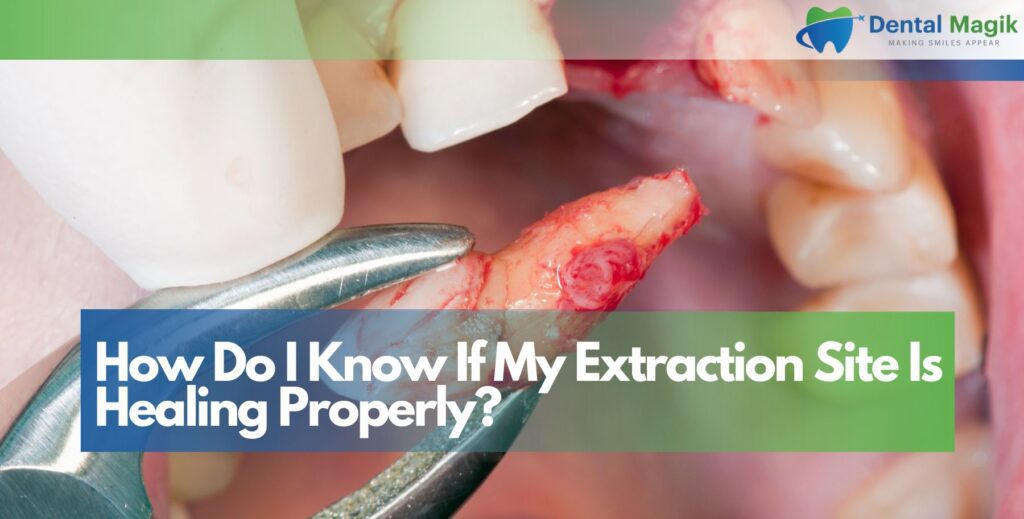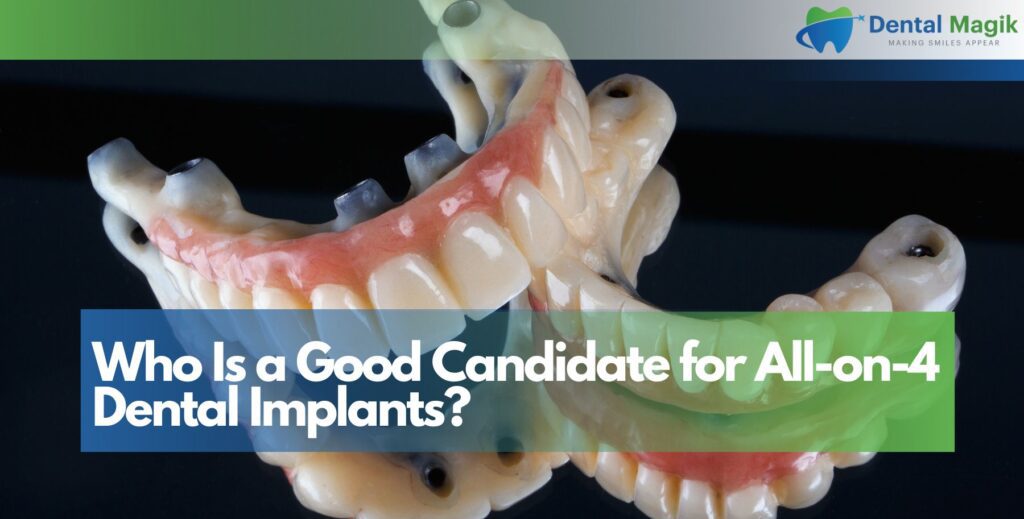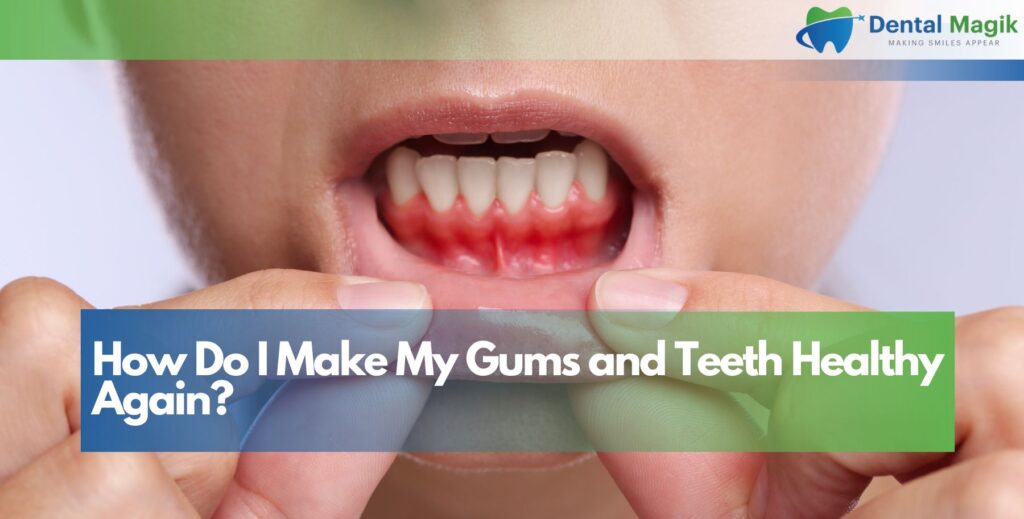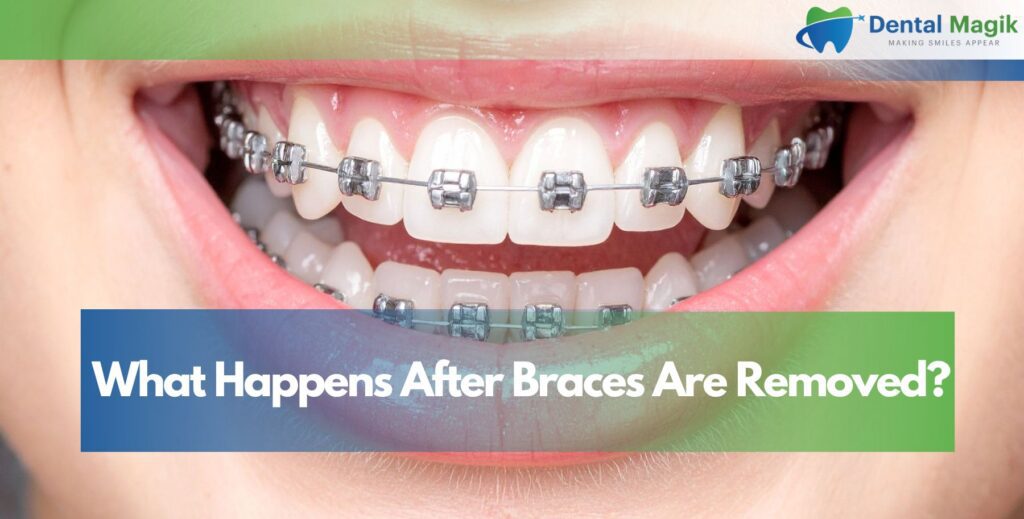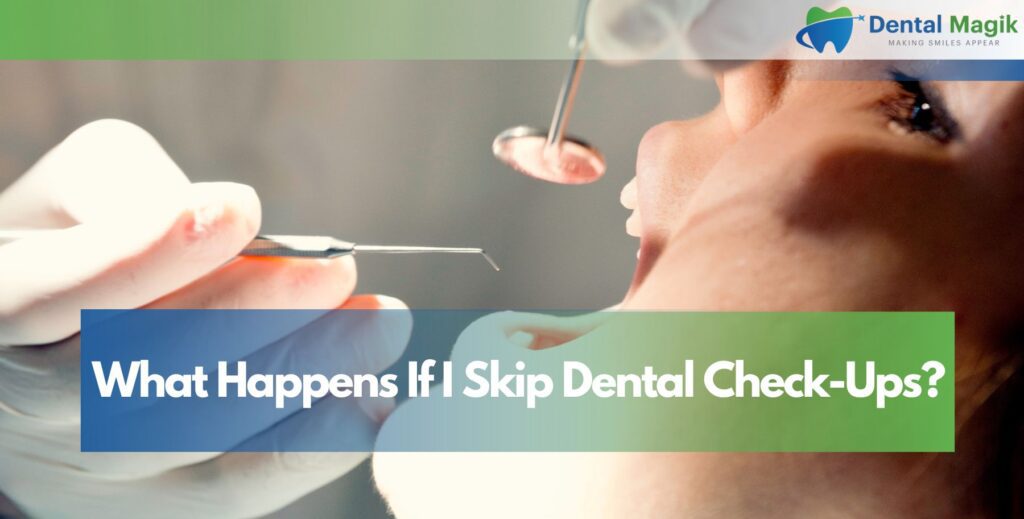Many ask: how long does it take for Invisalign to work? The answer varies depending on case complexity, commitment to wear schedules, and customized treatment plans. This guide covers timelines, influencing factors, progress markers, and expectations so you can plan your smile transformation confidently.
Invisalign Treatment Duration – What Affects How Long Invisalign Works?
The Invisalign treatment duration depends on factors like complexity, patient adherence, and biological response.
Case Complexity and Tooth Movement Goals
Cases requiring minor alignment (crowding or spacing) may take just 3–6 months, while moderate or significant bite correction or rotation may need 9–18 months.
Aligner Wear Compliance Required for Results
Success hinges on wearing aligners 20–22 hours per day. Missing wear hours often extends the total timeline beyond the original projection.
Average Invisalign Timeline Explained
Understanding the general Invisalign timeline helps set realistic expectations.
Initial Consultation and Scan Process
Once you begin, an in-office or digital scan is taken, your custom treatment plan is reviewed, and aligners are delivered in 1–2 weeks.
Progress Checkups and Refinements
Orthodontists check progress every 6–8 weeks. Refinements or additional aligners may be added to ensure desired results—possibly extending duration by a few months.
Invisalign Before and After Timeframes
Knowing when to expect visible changes aids motivation and commitment.
Early Stage Results (0–4 weeks)
You’ll begin to see small changes: minor shifts in mild crowding or alignment. Many patients feel early psychological boost.
Mid-Treatment Progress (3–6 months)
Significant alignment improvements become visible. Teeth appear straighter; bite may begin adjusting.
Final Outcome Phase (Last 3 months)
Refinements address bite, midline, or rotation. Final aligners polish results, then retainers begin maintenance phase.
Teen Invisalign Treatment Time Variations
Teen Invisalign treatment time is impacted by growth and compliance differences.
Growth-Related Considerations in Teens
Because teens still grow, their jaw alignment may shift during treatment—possibly accelerating alignment compared to adults.
Compliance and Retainer Expectations
Teen compliance varies. Close supervision ensures aligners are worn properly, and retainers used consistently post-treatment to prevent relapse.
Invisalign Results Time – Patient Compliance Tips
Understanding the Invisalign results time means staying diligent.
Proper Aligner Care and Maintenance
Clean aligners daily, avoid hot beverages during wear, and never skip nights. Proper care ensures aligners fit and function as planned.
Lifestyle and Dietary Impact
Sugary snacks or inconsistent brushing can affect oral health and slow progress due to plaque accumulation or compensatory shift.
Common Delays in Invisalign Treatment Duration
What may delay your Invisalign treatment duration?
Missed Appointments or Aligner Loss
Missing checkups or losing aligners forces pauses in progress until replacements arrive—adding weeks.
Unplanned Refinements and Additional Aligners
If teeth don’t track as expected, extra aligners are needed, typically extending the treatment by a few months.
Monitoring Invisalign Progress – How to Track Changes
Measuring change boosts confidence and awareness of progress milestones.
Use Photos, Fit Tests, and Checkpoint Appointments
Take front, side, and occlusal photos at intervals. Aligners should snap in snug—if not, check with your provider.
Signs That Invisalign Is Working as Planned
Less spacing, improved symmetry, mobility when switching aligner levels—these are positive indicators.
Invisalign Treatment Planning and Timeline Expectations
A clear treatment plan timeline helps you stay focused.
Personalized Clinician-Created Plan
Every Invisalign plan includes simulation showing projected tooth position. Assess your expected duration and discuss with your provider.
Short-Term vs Long-Term Goals
Minor aesthetic adjustments can take as little as 6 months; full bite correction or combined orthodontic goals often require 12–18 months.
Post-Treatment Retention and Maintenance
After active treatment, the retention phase is critical.
Initial Nightly Retainer Phase
Wear retainers nightly for at least 6–12 months—some providers recommend indefinitely at night to preserve alignment.
Long-Term Retainer Wear Strategy
Once stability reaches around 1 year, frequency may reduce—though periodic wear helps maintain tooth position long-term.
Invisalign Treatment Results: Case Examples
Observe typical visible Invisalign changes in different scenarios.
Mild Crowding Correction Case
A case with slight crowding can show full correction in 8 months—with teeth noticeably aligned by the 4-month mark.
Moderate Bite Alignment and Rotation
Complex cases—rotating canine teeth, correcting anterior overbite—often require 12–15 months, with major changes seen by month 9.
Conclusion
Understanding how long does it take for Invisalign to work helps you manage expectations and stay committed. Treatment duration varies—typically 6 to 18 months, based on case complexity, compliance, and refinements. Consistent wear, professional monitoring, and retainer usage post-treatment are essential to achieve and maintain your ideal smile. If you’re considering clear aligner therapy or need personalized guidance, consult a trusted Dentist in East Brunswick, NJ, who can tailor a plan and guide you toward confident smile transformation.
FAQs
How long does Invisalign take to show visible results?
Minor changes can be seen within 4–6 weeks; more significant improvements usually appear by month 3–6.
What is the average Invisalign treatment time?
The average duration is about 12 months, although simple cases can finish in 6 months and more complex cases may take up to 18 months.
Can skipping aligners delay treatment?
Yes. Skipping or wearing less than 20 hours daily can extend treatment by weeks or months.
Do I need refinements and additional aligners?
Many cases benefit from refinements. These assess progress and guide final position—adding a few months if needed.
Do teens take longer to complete Invisalign?
Not necessarily. Teen treatment may be faster due to growth—but only if compliance is high with aligner wear.
How soon after treatment do I need a retainer?
Immediately. Wearing a retainer full-time for 6–12 months is crucial for stability; transition to nightly wear afterward.
Will aligners hurt during treatment?
Some discomfort or pressure is common when switching aligners, but most patients adapt within a couple of days.
Does age affect the Invisalign timeline?
Slightly. Adults may take slightly longer, but modern planning makes treatment effective across age groups.
What if I lose an aligner?
Contact your provider immediately. You may be advised to move to the next aligner or order a replacement—delays are possible.
Can I speed up treatment?
Devices like attachments or accelerated aligner features may help, but you must maintain strict wear schedules and follow your provider’s plan.


